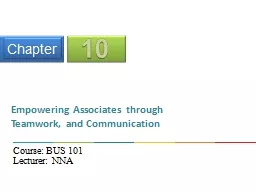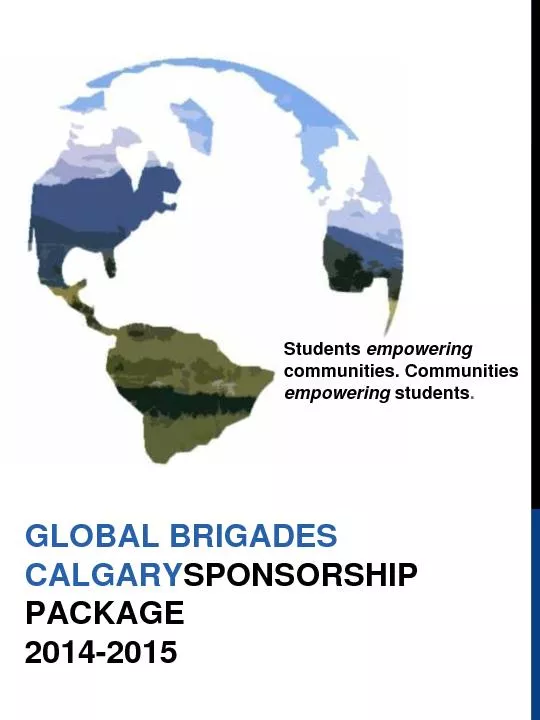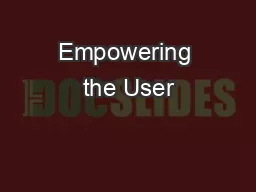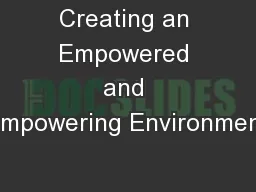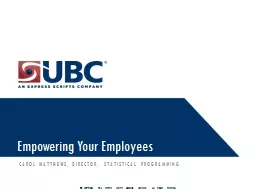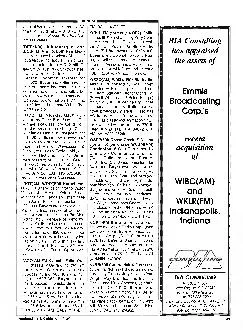PPT-Empowering Associates through
Author : liane-varnes | Published Date : 2016-03-23
Teamwork and Communication Chapter 10 Course BUS 101 Lecturer NNA Team A team is a group of people with complementary skills who are committed to a common purpose
Presentation Embed Code
Download Presentation
Download Presentation The PPT/PDF document "Empowering Associates through" is the property of its rightful owner. Permission is granted to download and print the materials on this website for personal, non-commercial use only, and to display it on your personal computer provided you do not modify the materials and that you retain all copyright notices contained in the materials. By downloading content from our website, you accept the terms of this agreement.
Empowering Associates through: Transcript
Download Rules Of Document
"Empowering Associates through"The content belongs to its owner. You may download and print it for personal use, without modification, and keep all copyright notices. By downloading, you agree to these terms.
Related Documents

